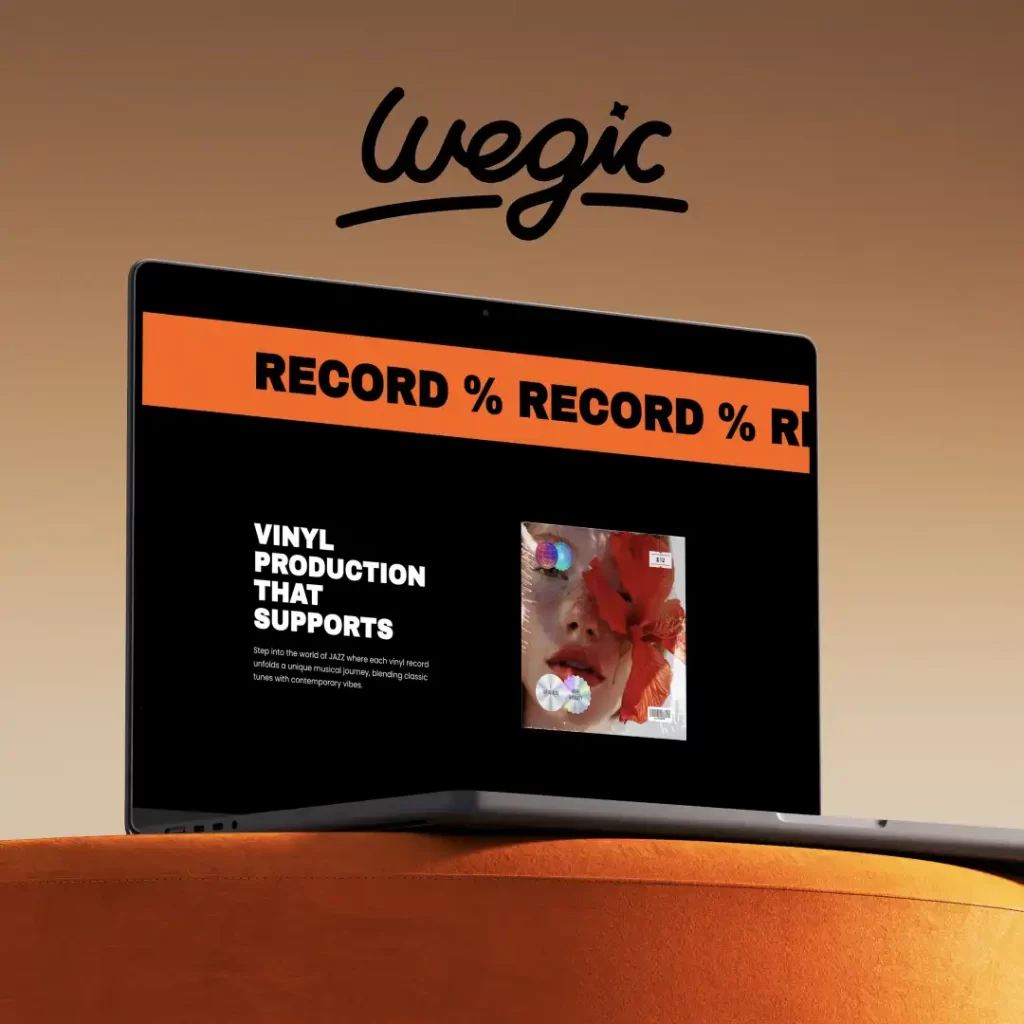Is Inline Styling Bad
Web development is an ever-evolving field that plays a crucial role in building and maintaining websites. In today’s digital age, having a strong online presence is essential for businesses and individuals alike. From e-commerce websites to personal blogs, web development is a key component in creating functional and visually appealing websites. In this article, we will explore the world of web development and discuss the various technologies and tools used in the process.
Inline styling is a practice that involves applying CSS styles directly within the HTML document, rather than in a separate external stylesheet. While inline styling can provide some benefits in certain situations, it is generally considered bad practice for a number of reasons. In this article, we will explore the drawbacks of inline styling and why it is generally best to avoid it.
One of the main reasons why inline styling is frowned upon in the web development community is that it can make the code harder to maintain and update. When styles are scattered throughout the HTML document, it becomes much more difficult to make changes to the design of a website. This can lead to inconsistencies in the styling, as different elements may have different styles applied to them. In contrast, using an external stylesheet allows developers to centralize all of their styles in one place, making it easier to update and maintain the design of the site.
Another drawback of inline styling is that it can negatively impact the performance of a website. When styles are defined directly within the HTML document, the browser has to process those styles every time it renders a page. This can slow down the loading time of the site, especially on larger websites with a lot of inline styles. By moving styles to an external stylesheet, developers can reduce the amount of code that needs to be processed by the browser, leading to faster load times and a smoother user experience.
In addition to affecting performance, inline styling can also make it harder to implement responsive design on a website. Responsive design is a critical aspect of modern web development, as it allows websites to adapt to different screen sizes and devices. When styles are applied directly within the HTML document, it can be challenging to create responsive layouts that look good on all devices. By using external stylesheets and following best practices for responsive design, developers can create websites that are user-friendly and accessible on a wide range of devices.
Furthermore, inline styling can also lead to issues with specificity and conflicts between styles. Inline styles have the highest level of specificity in CSS, which means that they will override any styles defined in external stylesheets. This can lead to conflicts between styles and make it difficult to predict how elements will be styled on a webpage. By using a combination of classes, IDs, and other CSS selectors in an external stylesheet, developers can avoid specificity issues and create a more predictable and manageable styling system.
Another downside of inline styling is that it can make it harder to collaborate with other developers on a project. When styles are scattered throughout the HTML document, it can be challenging for multiple developers to work on different parts of the site without stepping on each other’s toes. By using external stylesheets, developers can work independently on different components of a website and avoid conflicts with each other’s styles. This can streamline the development process and make it easier for teams to collaborate effectively on a project.
Overall, while inline styling may provide some benefits in certain situations, it is generally considered bad practice in web development. By using external stylesheets and following best practices for CSS, developers can create websites that are easier to update, faster to load, more responsive, and better suited for collaboration. By avoiding inline styling and embracing modern web development practices, developers can create websites that are user-friendly, accessible, and well-designed.
In conclusion, website builders are a valuable tool for small businesses looking to establish an online presence. With their user-friendly interfaces, customizable templates, and range of features, website builders offer a cost-effective and efficient way for small business owners to create a professional website without the need for coding or design experience. Whether your small business focuses on e-commerce, blogging, or providing services, there is a website builder out there to suit your needs. By investing in a quality website builder, your small business can reach a wider audience, increase brand awareness, and ultimately drive growth and success in the digital marketplace.


